Original text by: Marina Belova
Oh Your Excellency Lord Hooping Device! How much depends on You!
But let's be more serious: how can we make hooping of the garments more easy, but yet use an ordinary hoop? I don't suggest using special devices that help positioning an item in the hoop, which every embroiderer dreams of. What I mean is what one can do with an ordinary hoop to make life easier.
Not very long ago I was embroidering with the use of the ordinary square hoop, which is a part of any commercial embroidery machine, and no stabilizer. And in case no stabilizer is present, it is very important for the fabric to be very taut in the hoop. What's no less important is preventing the fabric from slipping out of the hoop during the embroidery, as it will inevitably cause the pull.
My hoop is made of plastic. And the fabric has a tendency to slipping out of it along the sides because of the gap between the bigger and smaller squares, and also to become slack in the hoop. However, the fabric is firmly secured at the corners.
All this happens because the gap between the inner and outer squares varies — it is the smallest at the corners and the biggest at the centers of the sides. Of course, the fact that the tension is spread unevenly may lead to all kinds of embarrassing situations.
I didn't have time for intricacies, and therefore, I did this: took a roll of the ordinary adhesive bandage (the one that can be found at the chemist's) and stuck it onto the inner side of the outer square, where it touched the outer side of inner square, like this:
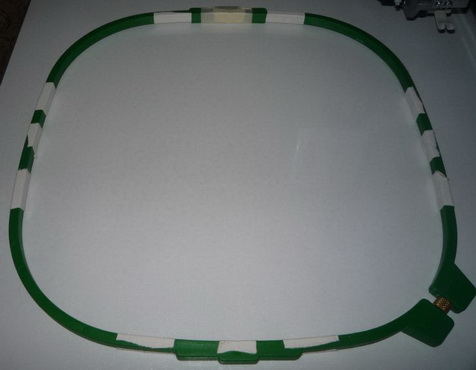
This helped to even the tension during the embroidery, and additionally made hooping easier.
But having embroidered a couple of items with these 'patches' I've noticed that the ones at the sides were not thick enough, because the fabric loosened there. Therefore, they should be made thicker. So I took an ordinary paper adhesive and wrapped it around each side of the hoop 2 times:
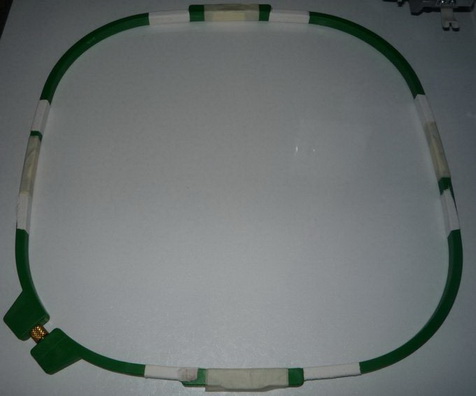
The attempts to hoop the fabric with and without a stabilizer were successful — the tension was right, and the fabric almost was not pulled at the corners.
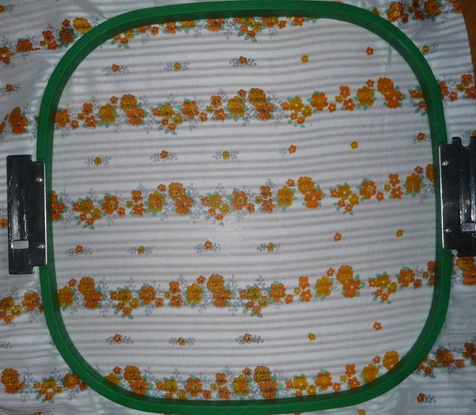
I've read somewhere recently that there are special materials that can be stuck to the rings (ovals, squares) of the hoop to prevent the fabric from slipping out, similar to the ones I made of an adhesive bandage. The name slipped from my memory. Soft duct tape for hoop wrapping can also be found on the western markets.
Given that I have two sets of hoops of every size, I decided to wrap the straight sides of my second square hoop in a thin fabric. I took a strip of calico about 2 cm wide:
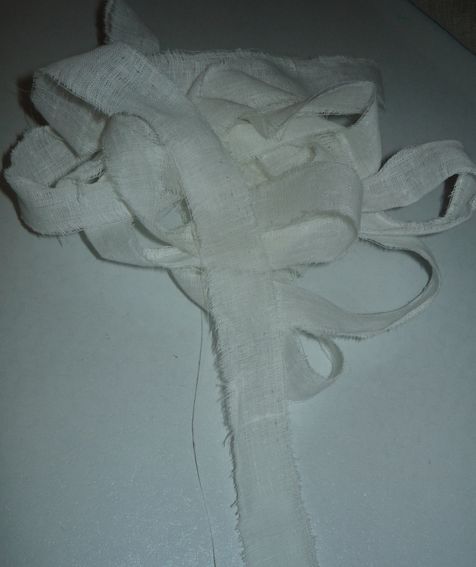
Wrapped the outer square in it, not forgetting to make a small bulge at the center of each side. I secured the ends with a few stitches so that the wrap did not unwind. This is what I got:
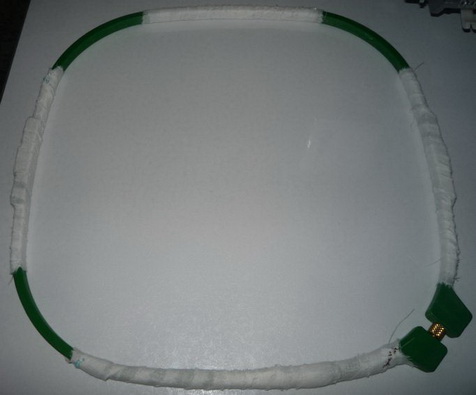
Hooping test showed that wrapping works good as well.
Then I decided to see how the wrapping would effect the performance of the round hoop. In my opinion, using the round hoop is easier, because the gap between the rings is the same along the perimeter. Anyway, I wanted to check if there was the difference:
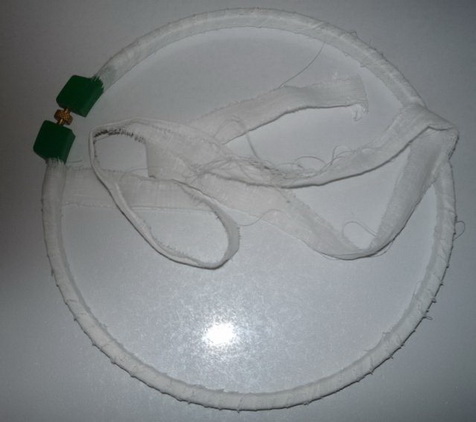
I hooped a piece of knitwear together with a stabilizer. The result was splendid. The quality of the hooping was increased because of wrapping of the ring in a fabric.
Summary: wrapping of the hoop and evening of the gap with the 'patches' improves the quality of the hooping.
But the hoop marks (also known as hoop burn) on knitwear are still present:
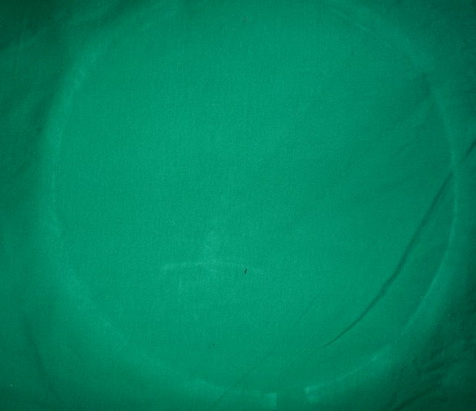
And why shouldn't they be if the outer ring has not been wrapped. My next step was to test the widely publicized method of removing the hoop burn — putting paper under the outer ring.
It is usually advised to use the thin cigarette paper for this purpose. But I don't have any, and the only substitute I could fined was thin tearaway stabilizer. Now I'll try to make a 'sandwich' — stabilizer/knitwear/stabilizer:
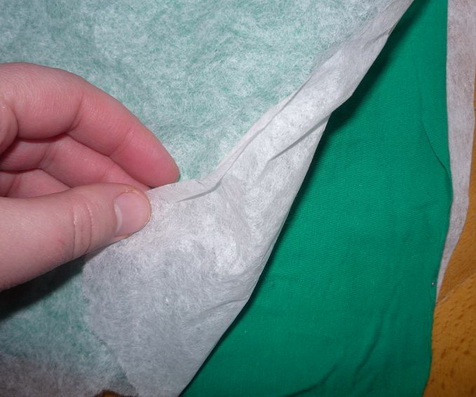
Because the paper that lies on top is nontransparent, it is very difficult to control the fabric during the hooping. This I didn't like right away. But I've already hooped the fabric and tore the stabilizer off. I will not embroider on stabilizer, will I?
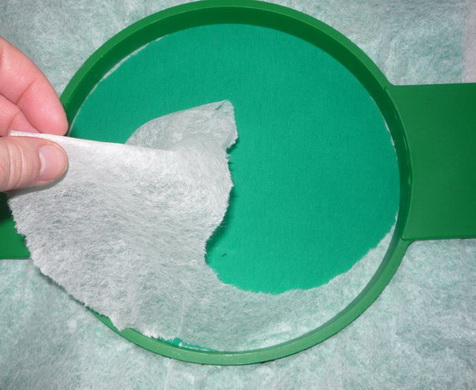
The quality of such blind hooping leaves much to be desired. A not at all convenient method, and what's more, everything was in vain, for the burn on knitwear remained visible, though to a lesser degree.
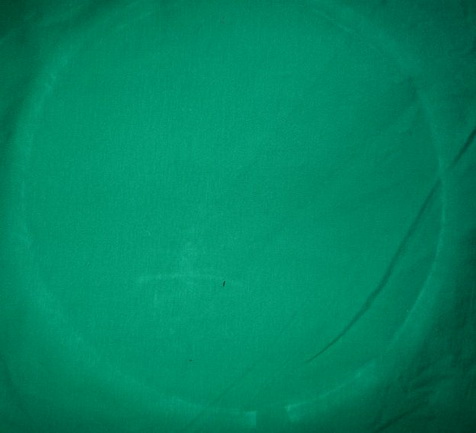
But was determined to bring this matter to a conclusion. Therefore I proceeded, and an idea popped into my mind: how about cutting a window in the piece of cloth the size of the future embroidery and trying to hoop it with the fabric and the stabilizer, in order to see if the marks would be visible after that.
This time I used the following layers: stabilizer/knitwear/additional fabric with a window in it.
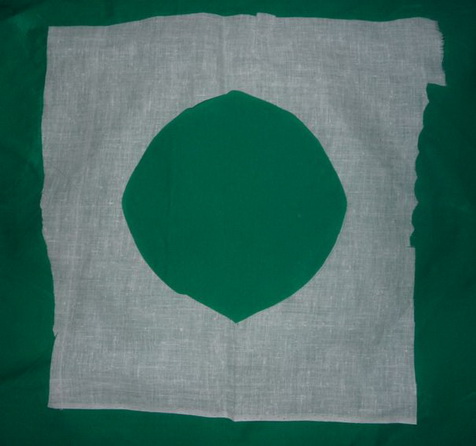
The hooping was of a comparatively higher quality than I achieved with paper. Not to mention the fact that hooping is much easier if you can see what you're doing:

But I was really interested in hoop marks: would they appear or not? It turned out that the fabric didn't prevent appearance of the hoop burn.
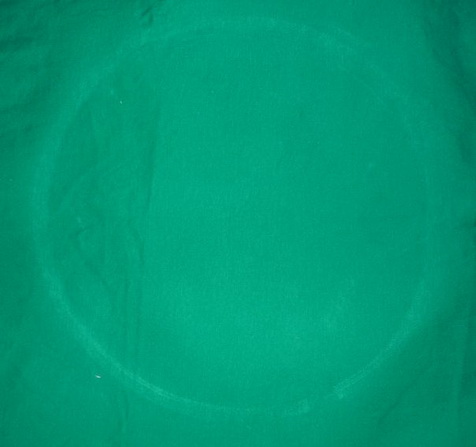
I really don't know what say about a trace like this one. What should one do to avoid it?
P.S. The idea for this article was suggested to me by Lydia.
P.P.S. Various tips on removing the hoop burn can be found here.
Edited by Irina




There are no reviews to display.